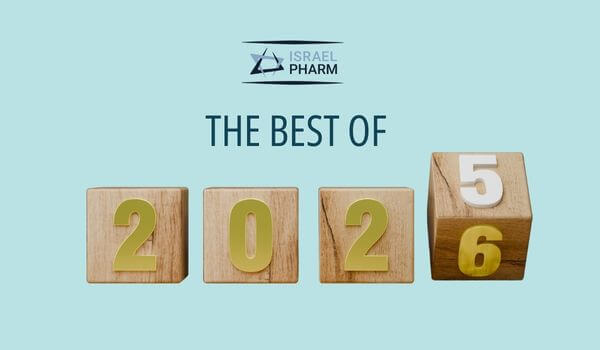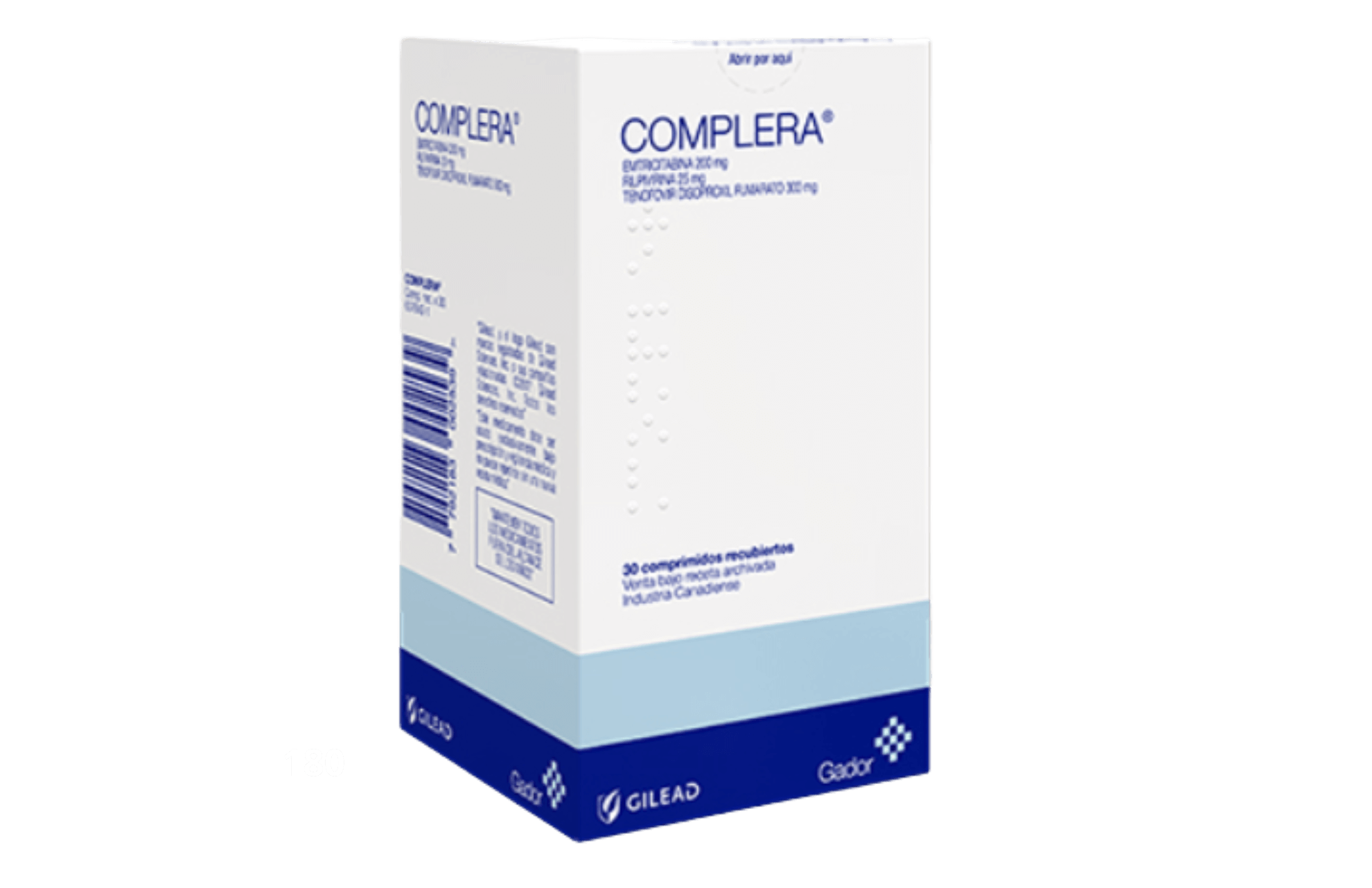Complera (generic names: emtricitabine, rilpivirine, and tenofovir DF) is a complete regimen for treating HIV infection. Emtricitabine (brand name Edurant®) and tenofovir DF (brand name VIREAD®) are human immunodeficiency virus nucleotide/nucleoside analog reverse transcriptase inhibitors (NRTIs), and rilpivirine (brand name Edurant®) is an HIV non-nucleoside analog reverse transcriptase inhibitor (NNRTI). The three components are combined into a single pill.
NRTIs work by blocking an enzyme called reverse transcriptase, which HIV needs to make copies of itself. By preventing this enzyme from working, NRTIs stop the virus from replicating. NNRTIs block the HIV-1 reverse transcriptase enzyme, preventing the virus from replicating. NNRTIs are typically combined with other antiretroviral drugs, such as NRTIs and integrase inhibitors, to suppress the virus effectively.
Complera does not cure HIV infection or AIDS. and does not reduce the risk of passing HIV to others. You must continue to see your doctor regularly while taking Complera.
Dosage
Take Complera every day exactly as prescribed on the label. Set up a dosing schedule and follow it carefully. A dose must be taken with food, which will help absorption. A protein drink is not a substitute for food. Talk to a healthcare provider, nurse practitioner, or nutritionist for guidance about the minimum food needed for Complera to work properly. If you are taking an antacid to treat heartburn or GERD, it should be taken at least two hours before or four hours after taking a dose of Complera.
The usual dose of Complera is one tablet with food once a day, with plenty of water. If a scheduled dose was missed but can be taken within 12 hours of the scheduled time, take it immediately with food, and then continue with the regular schedule. If more than 12 hours have elapsed, then go back to the regular schedule. Do not double-dose to make up for a missed dose. In case of accidental overdose, contact a doctor, emergency health center, or poison control center even if no symptoms are felt.
Storage
Complera should be stored at 15-30°C (59-86°F). Store Complera in its original container and keep the container tightly closed. If the seal is broken or tampered with, do not use Complera and return the package to the pharmacy for replacement.
Questions people ask about Complera
What is the difference between NNRTIs and NRTIs?
NNRTIs directly bind to and inhibit reverse transcriptase. They compete with naturally occurring nucleosides and bind to the viral RNA chain. Medications with NRTIs and NNRTIs both slow down HIV replication.
What is antiretroviral therapy for HIV?
Antiretroviral therapy (ART), also known as highly active antiretroviral therapy (HAART), is a combination of medications used to treat HIV infection. ART aims to suppress HIV, preventing it from multiplying and damaging the immune system. It’s a lifelong treatment that significantly improves the quality of life and life expectancy of people living with HIV.
This text is for informational purposes only. Please consult a doctor or pharmacist before using any medication.
Read the information leaflet that comes with the medication.
If a sudden allergic reaction (anaphylaxis) occurs after taking Complera, with symptoms like swelling of the face, tongue, or throat making it difficult to breathe or swallow, or there is wheezing, hives, rash, blistering, or peeling of the skin, call a doctor or 911 right away, or go to an emergency room immediately.
Some other rare but potentially serious side-effects that require immediate attention from a healthcare provider include lactic acidosis. with symptoms like feeling very weak or tired, unusual muscle pain, stomach pain with nausea and vomiting, feeling cold especially in arms and legs, feeling dizzy or lightheaded, and fast or irregular heartbeat; and kidney problems, with symptoms like increased or decreased urination as well as increased thirst, swelling of the legs and feet, feeling listless and tired.
Most people who use Complera do not experience any adverse side effects. Doctors prescribe this medication because they assess the benefits of such treatment outweigh any likely unwanted effects.
Some of the side effects that have been reported include abdominal pain, depression, headache, rash and sleeping problems (including difficulty falling asleep).
Not all side effects are listed here. If these or other unlisted symptoms persist or worsen, consult a healthcare provider or pharmacist.
One of the first signs of HIV infection is flu-like symptoms, from one week to one month after first infection, which usually last for only a week or two. This stage is called acute or primary HIV infection. After that, it may taker 10 years or more before any further symptoms develop. Fever, fatigue, headache, muscle aches, joint pain, skin rash, and swollen lymph nodes, sore throat, mouth sores, night sweats, and weight loss can also be early signs.
The test for HIV infection is usually either an antibody test or an antigen/antibody test. When an HIV test is positive, a follow-up test will be conducted for confirmation.










